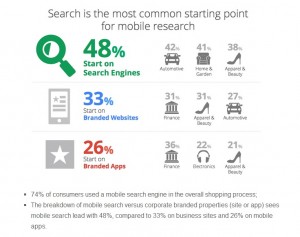Comm 465 was an amazing class. I’ve always been interested in marketing, and the projects our team worked on this term have given me greater insight into the basic fundamentals of marking, especially while working on our video project.
The video project was, unequivocally, the most fun of the group projects which I have worked on in my Commerce minor. I’ve had the opportunity to work with two other groups for previous Comm classes, so I am able to compare how well my Comm 465 team functioned compared to my other two teams. By far, this marketing team exceeded my expectations, and performed in a professional manner. They were a lot of fun to hang with and brainstorm, and we were all on the same page with regards to producing our assignments in a timely fashion.
Each person on this team was able to contribute something useful to our video project, be it an idea, taking care of props or script-editing. Even though we all belong to different faculties and had to contend with midterms and essays which conflicted with our scheduled meetings, we were always able to successfully create a period of time to ‘get down to business’ and create our video. This was actually a very valuable experience for myself, as I learned how to properly manage my time and be able to complete multiple projects within a short period of time.
This team had little to no problems or issues. We would always be very efficient in our meetings; we would discuss the next assignment, assign topics to one another, and then have one person put it together at the end and submit it. This was a very smart way of approaching each one of our marketing projects, which allowed everyone to have an equal amount of work to do.
At the conclusion of this course, I have gained greater knowledge regarding the ins and outs of Amazon, as well as insight into how they create and devise their marketing plans. I am happy that I took this class, as it gave me a new perspective on how to deal with issues, as well as solve them, when being faced with ever-evolving marketing strategies.





